
BOREALES ENERGY:
PIONEERING ICE ENERGY
STORAGE SOLUTIONS

Boréales Energy
WHO ARE WE ?
Founded in 2015 and based in Douvres-la-Délivrande (Normandy, 14), BOREALES Energy is committed to the transition and efficiency of energy.
Passionate about transforming how energy is stored and used, we particularly address the challenges of the refrigeration sector and develop and market innovative and high-performance
solutions based on ice accumulation.
Our team of multidisciplinary engineers and technicians stands out for its commitment to create impactful decarbonization solutions, driven by pride in its unique technology and supported by an internal development process from design to industrialization.
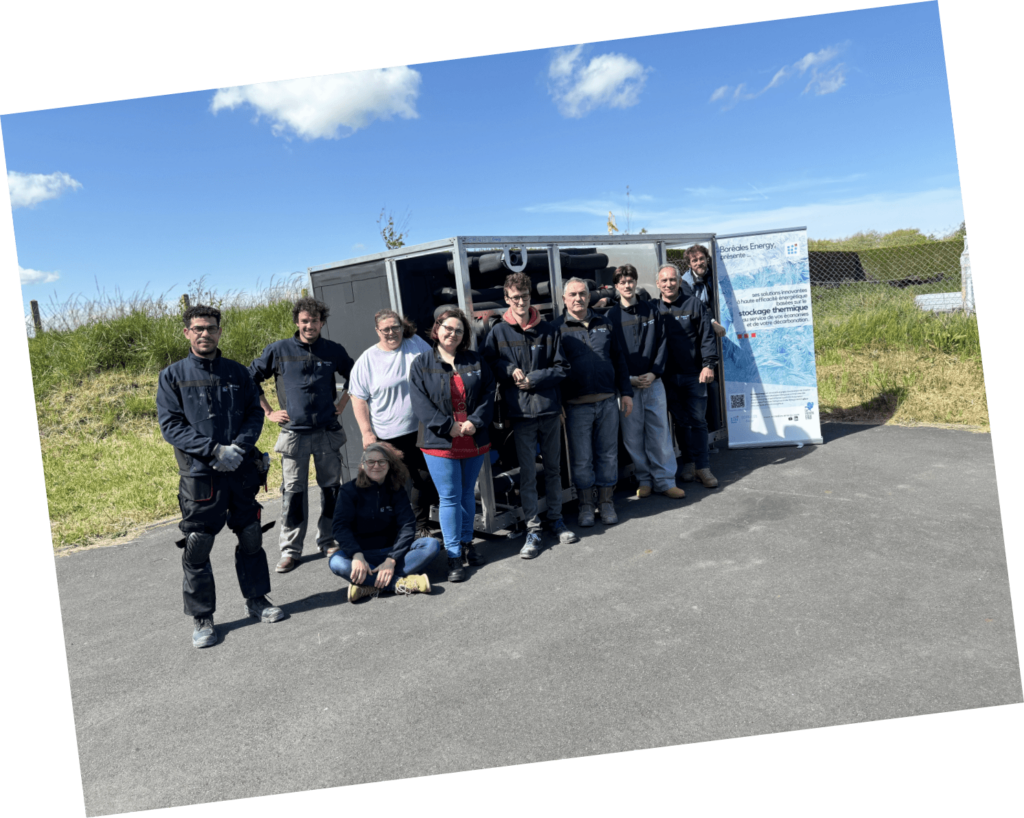
Observation
STATE OF AFFAIRS
THE CHALLENGE OF ENERGY STORAGE
Storing energy is one of the greatest challenges for a sustainable energy transition. To achieve net-zero targets by facilitating the implementation of renewable energy, balancing the grid, improving energy efficiency, and managing costs effectively, we need tailored and sustainable energy storage solutions.
Although electrochemical storage frequently receives the most attention, many other storage vectors exist depending on the application and usage profile. These solutions are crucial, considering the procurement and ecological aspects involved.
THERMAL STORAGE AND OUR FOCUS
One type of storage that often goes unnoticed is thermal storage. We all know about heat accumulators, which use off-peak electricity to release heat when needed.
“Storing a thermal effect produced with electricity is equivalent to storing electricity.”
At BOREALES, we specifically address cold storage. Cooling represents 20% of global energy use and close to 9% of CO2 emissions. It is essential for health, safety, and various applications from residential and commercial air conditioning to the preservation of food or medicine, and through to the most varied industrial processes.
Given the growing demand, integrating the cooling sector into decarbonization efforts, optimizing energy efficiency, and controlling costs is crucial.
our solution
To address this challenge, BOREALES Energy proposes a solution similar to a water boiler, but for cooling applications: capturing electricity at optimal times to produce cooling energy and using it when needed.
We utilize the natural properties of water, a well-known phase change material (PCM). When water solidifies, it stores energy; when it melts, it releases energy. This process can be repeated infinitely without losing properties or efficiency.
“The energy exchanged by the melting of 1 kg of ice is equivalent to that which raises the temperature of 1 liter of water by 80°C.”
What makes our technology even more attractive is its versatility and best-in-class level of performance – it flexibly and modularly provides a solution to the energy challenges of cooling.
Our innovation lies in the static thermal accumulator (ATS), which offers best-in-class performance and versatility. Each ATS can store up to 13 kWh with a remarkable pinch of only 2°C, delivering chilled water on demand.
By stacking ATS units, we can customize the system to meet specific energy storage and power needs : 1 ATS for 13kWh, 2 ATS for 26 kWh, 4 ATS for 52 kWh, … 78 ATS for 1 MWh and so on.
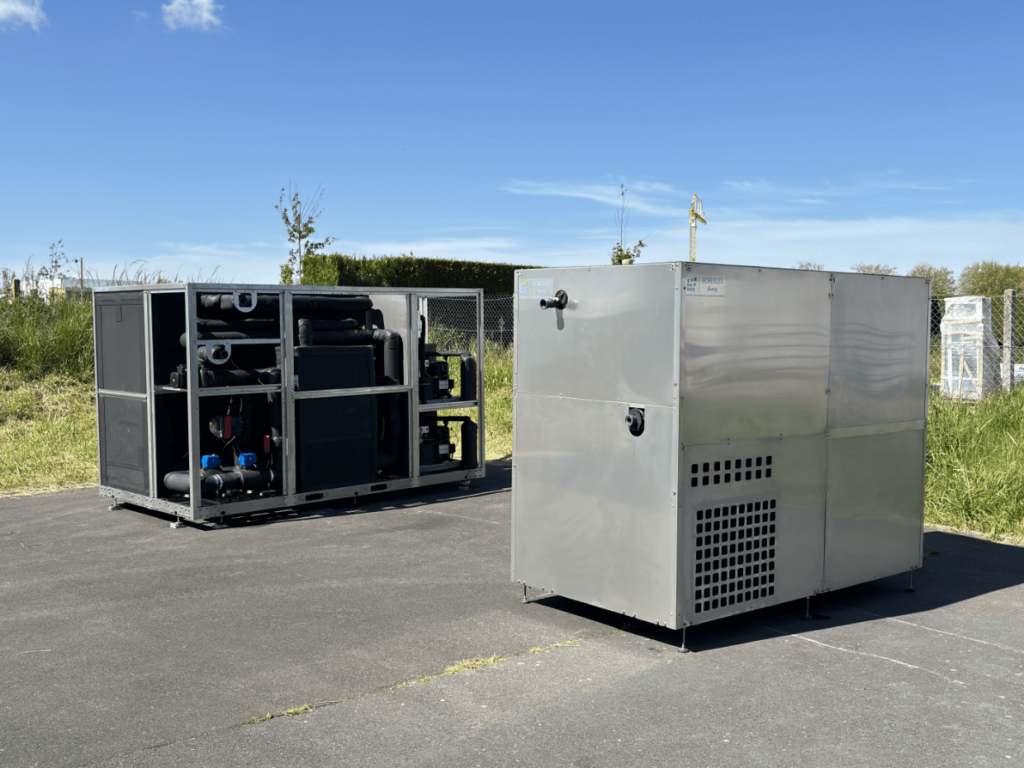
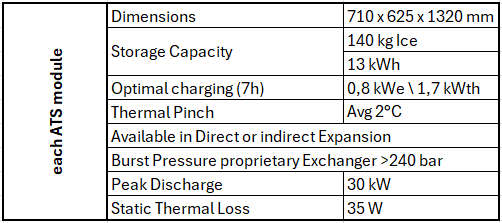
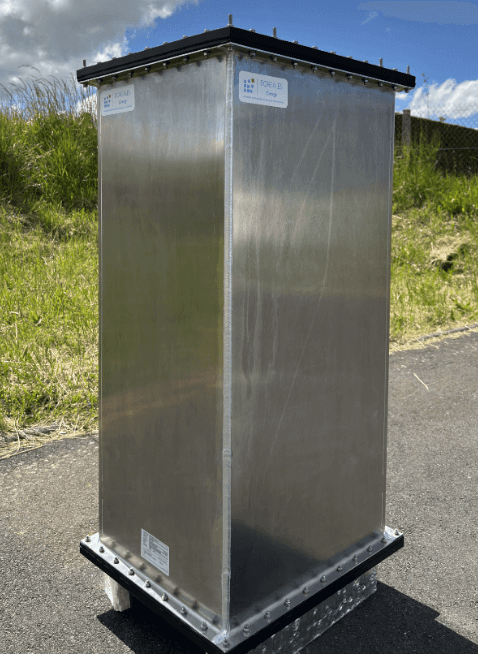
According to the implementation specificities of our clients, we offer different configurations to suit our clients needs :
- Basic version (storage module only): the ATS,
- Advanced “Plug&Work” version: the BOREALES Ice Bank [BIB].
Whether you are a Refrigeration Installation Expert, a Thermal Engineering Office, a Renewable Energy Installer looking to promote Self-Consumption, an Industrialist or Manufacturer, an industrial or commercial enterprise seeking to control its energy costs related to Cold production and ensure availability, a building owner concerned with energy efficiency, or even a public service provider seeking to stabilize the electrical grid, our solution can be tailored to your specific needs.
Contact us to evaluate together the most suitable approach and device!

eXAMPLES OF APPLICATION
Milk Cooling at Milking : Milk cooling during milking is crucial for maintaining product quality.
This step is particularly associated with major economic and energy constraints for dairy farmers.
Awarded an Innovspace and commercially deployed since 2023 on dairy farms, Boreales Energy's ice storage energy solutions address these challenges in a relevant manner.
Implemented in subcooling, BOREALES Energy solutions synergizes Renewable Energy and energy performance of installations by :
- Increasing the efficiency of the refrigeration cycle and cooling capacity
- Stabilizing and securing the system even under critical operating conditions
- Adjusted and optimized sizing of installations.
Thanks to the thermal storage capacity of ice, BORÉALES devices can meet air conditioning needs: producing during off-peak periods of electrical demand and used during peaks, they help reduce electrical load during times of high consumption.
The project is unique in the world and will allow BORÉALES Energy to distinguish itself in terms of performance, ease of installation, flexibility, and total cost. Intended to be installed on the low-voltage network, the STEMS modules will provide numerous services to the various actors in the electricity distribution networks.
The module will be presented in the form of two standard stacked containers. These STEMS modules will be available to network operators and can be activated instantly and remotely according to their needs: Network electricity consumption, Grid shedding, Electricity production.
OUR NEWS
contact us
they support us

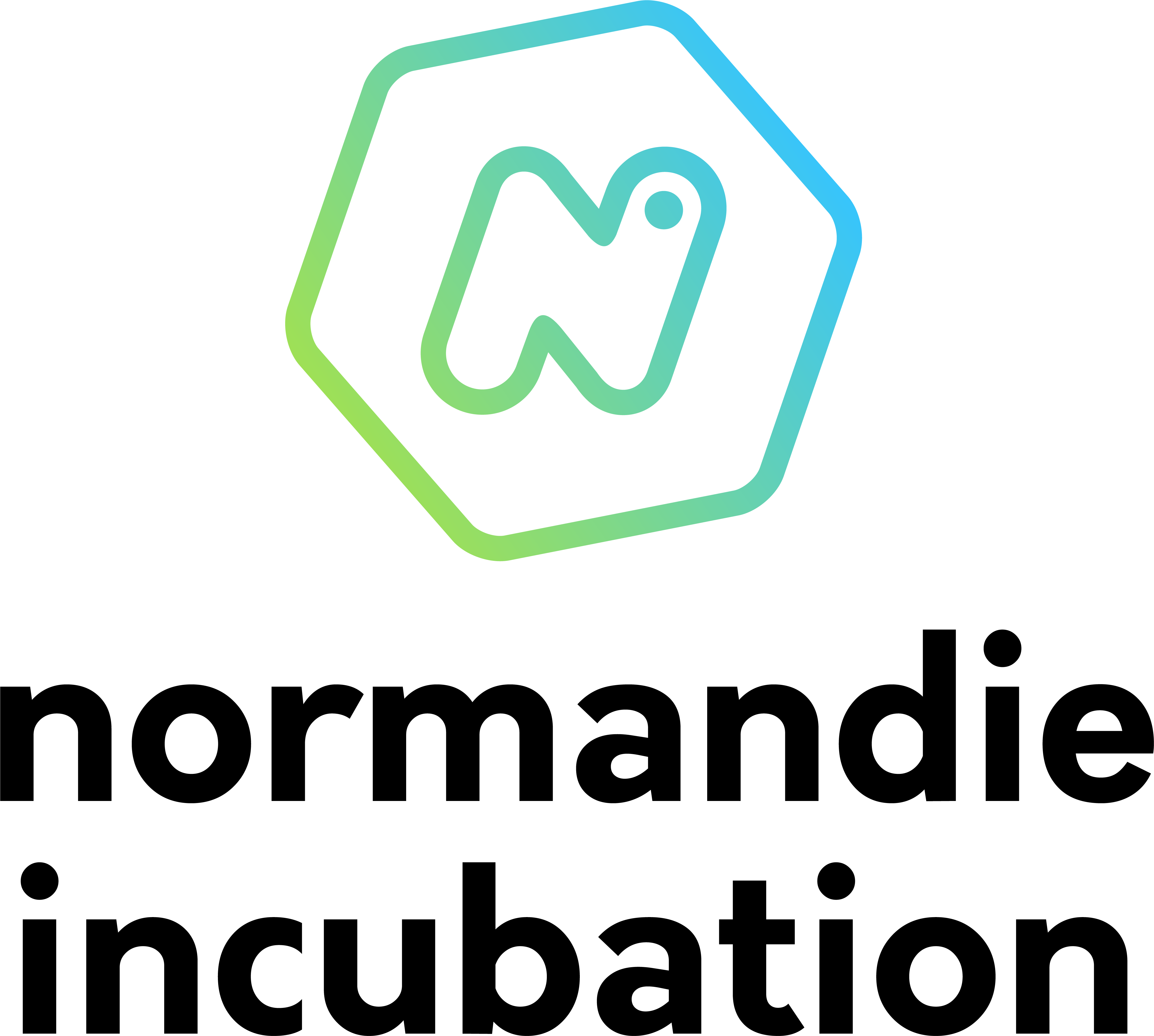

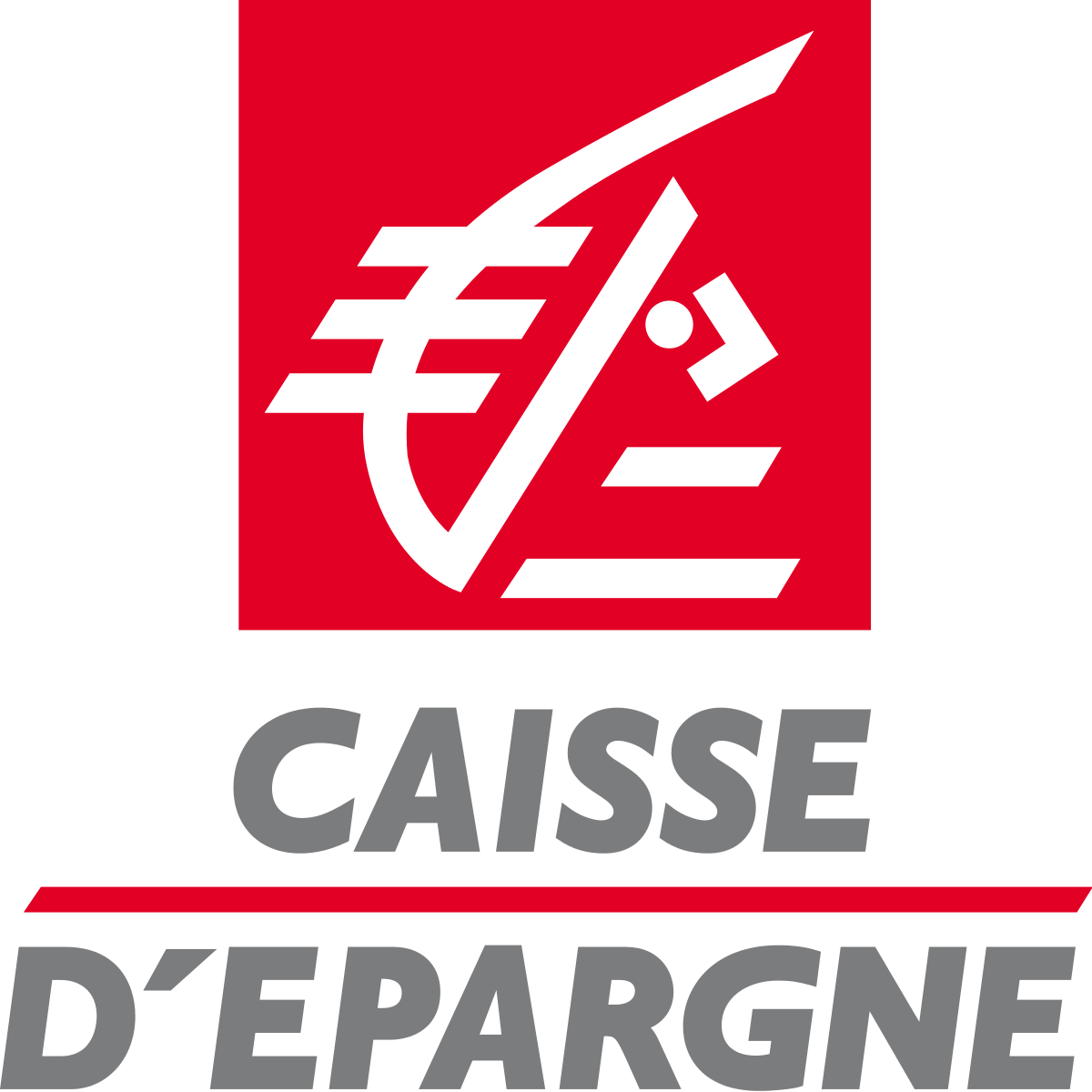
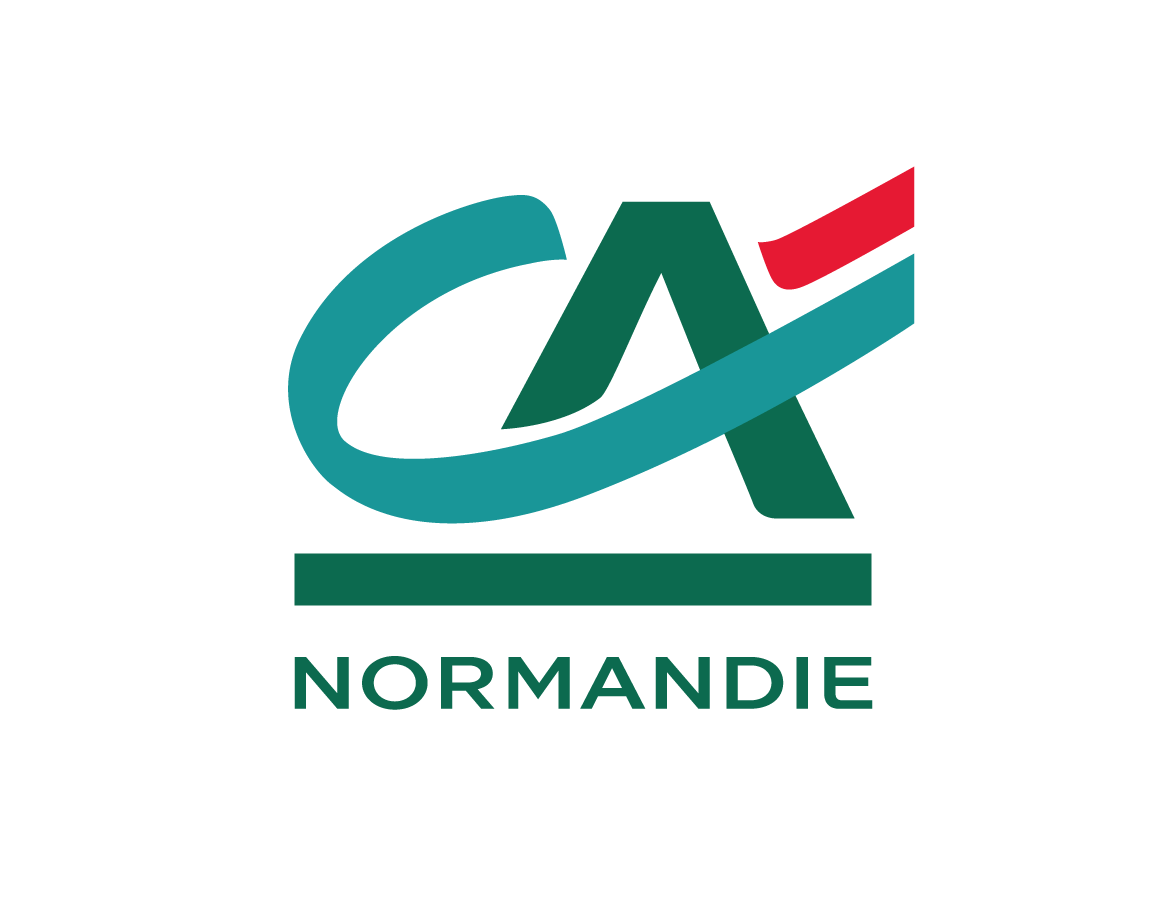




16 Rue Jean Perrin
Douvres-la-Délivrande 14440, France
+33 (0)2 50 53 19 47
contact@boreales.energy